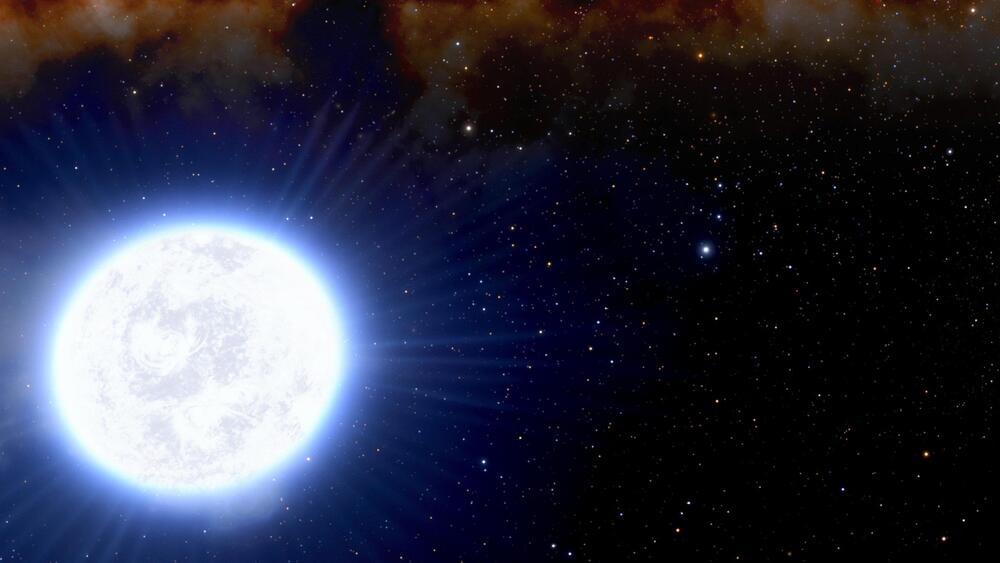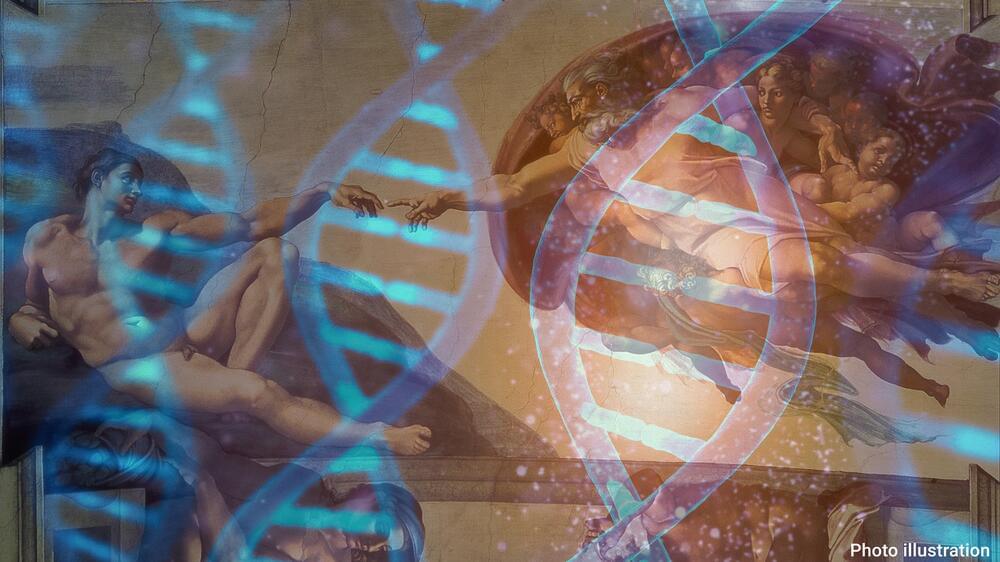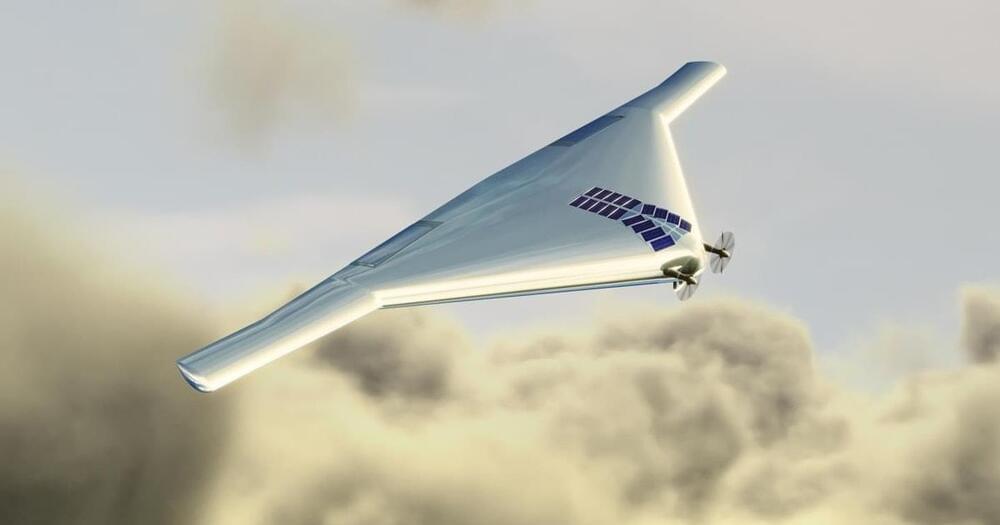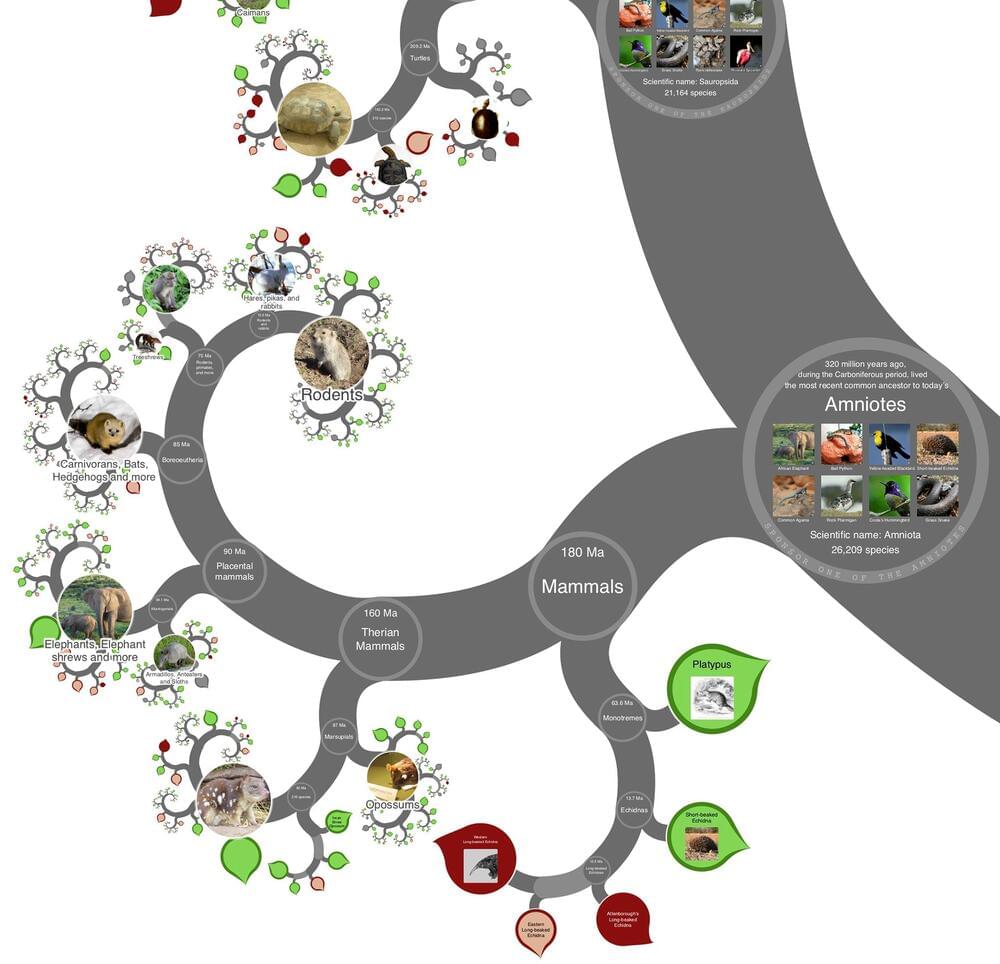Jan 13, 2022
Mysterious Cosmic “Spider” Found To Be Source of Powerful Gamma-Rays
Posted by Shubham Ghosh Roy in categories: evolution, quantum physics, space
Investigated by the SOAR Telescope operated by NOIRLab, the binary system is the first to be found at the penultimate stage of its evolution. Using the 4.1-meter SOAR Telescope in Chile, astronomers have discovered the first example of a binary system where a star in the process of becoming a white.
MIT physicists and colleagues have discovered the “secret sauce” behind some of the exotic properties of a new quantum material that has transfixed physicists due to those properties, which include superconductivity. Although theorists had predicted the reason for the unusual properties of the material, known as a kagome metal, this is the first time that the phenomenon behind those properties has been observed in the laboratory.
Continue reading “Mysterious Cosmic ‘Spider’ Found To Be Source of Powerful Gamma-Rays” »

















